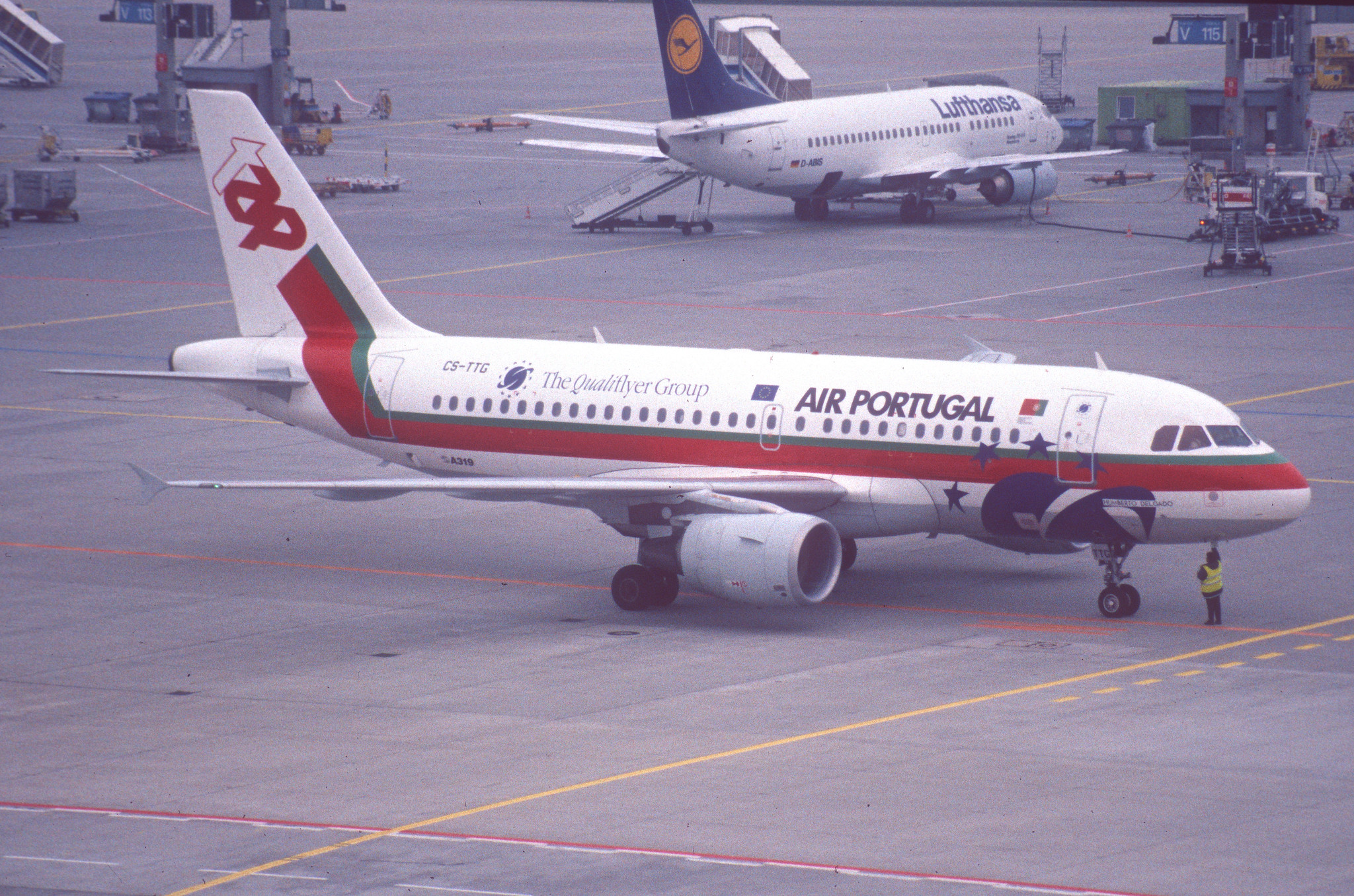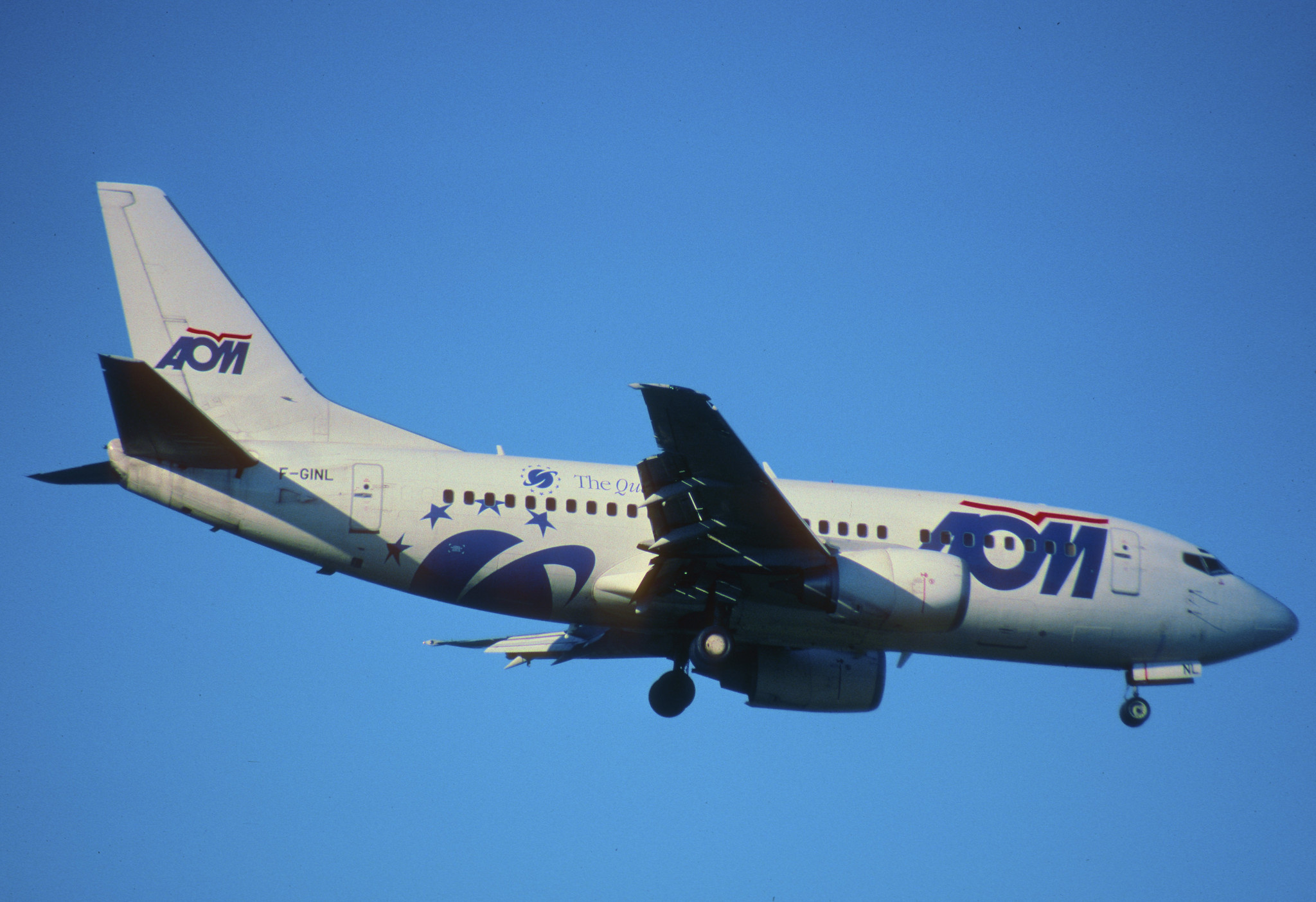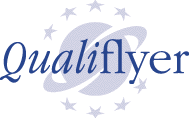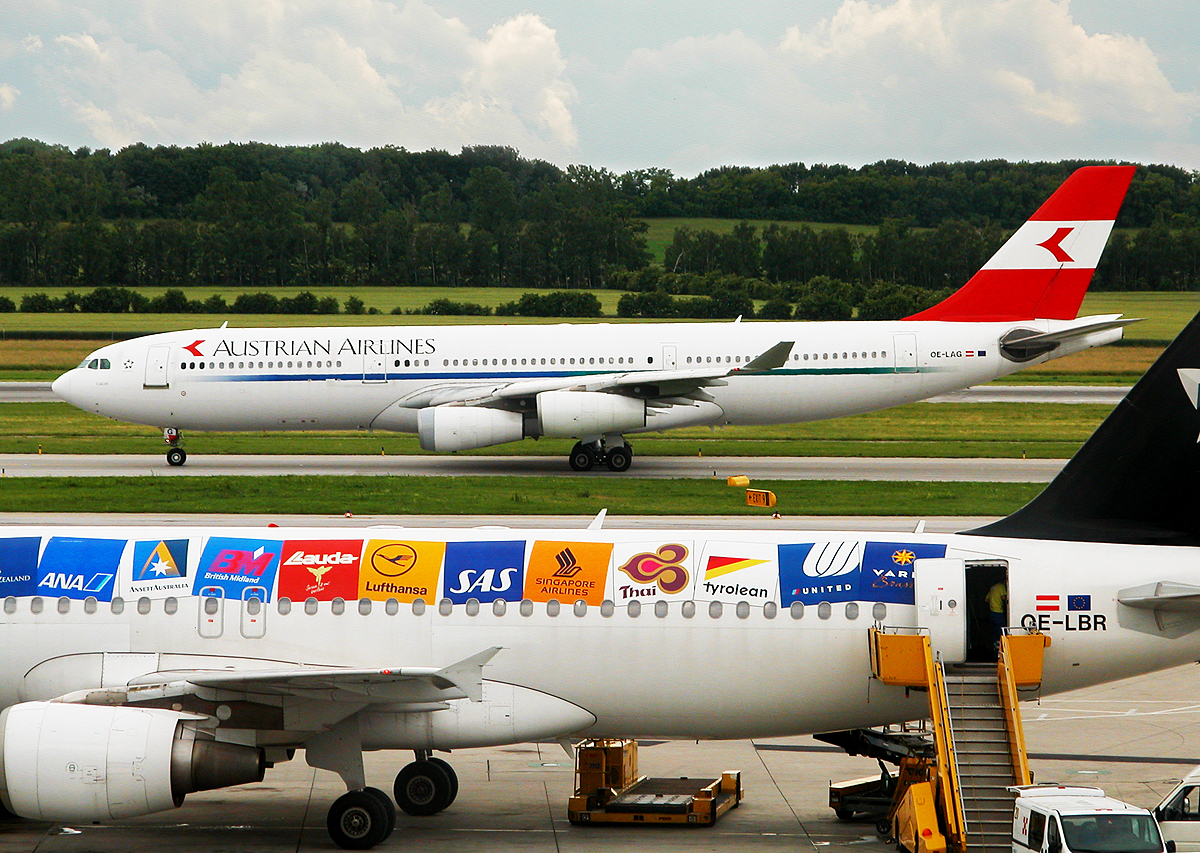The early 1990s ushered in a significant transformation in Europe’s commercial aviation landscape. The liberalization of European airspace put an end to the monopoly of flag carriers, which had consistently generated substantial profits from their operations year after year. The emergence of the first low-cost carriers introduced gentle competition at first, but soon escalated to fierce rivalry.
In light of this evolving perspective, it became imperative to revise the modus operandi of European aviation. The world had changed, and so had Europe. Adapting to these changes was critical to avoid fading into oblivion, particularly for airlines from smaller European countries that were more vulnerable to the shifts. The initial responses included early mergers between alliances to maintain a presence in the global market.
Switzerland’s Unique Problem
In Switzerland, in 1992, the Swiss people rejected joining the European Economic Area in a national referendum. Consequently, Swissair, was based in a non-EU country. Switzerland, faced exceptional regulations to operate in European airspace. Swissair, one of the world’s oldest and most conservative airlines, would now contend with this set of unique rules.
In response, Swissair, already experiencing financial declines in the early 1990s, outlined an ambitious expansion and business plan to deviate the rules set in order to persist until the end of the decade: fleet renewal, forming alliances with other airlines, and projecting into the new millennium were on the agenda. However, this leap proved greater than the airline’s ability. Factors like the Gulf War, economic slowdown, rising fuel prices, and operational costs caused many airlines to incur financial losses in the early 1990s.
Emergence of Airline Alliances
In 1993, an alliance named “Alcazar” was proposed among airlines from smaller European countries, including KLM, Swissair, SAS, and Austrian Airlines. Its purpuse was to create a central European airline. Yet, the project faced criticism in several countries, including Switzerland, where the argument was made that Swissair’s financial assets were too valuable to be shared. After Alcazar’s cancellation, Swissair attempted mergers with other European airlines to gain access to the desired European market without exceptional rules.
With this in mind, Swissair embarked on its “Hunter Strategy” in the early 1990s, proposed by McKinsey & Co., which ultimately proved fatal. This strategy aimed to expand Swissair’s European market share through acquiring smaller airlines, rather than joining a global airline alliance. Consequently, Swissair acquired stakes in Air Europe, Sabena, Air Liberté, AOM, Air Littoral, Volare, LOT, Turkish Airlines, South African Airways, and LTU. Additionally, there were plans to acquire shares in TAP Air Portugal, PGA – Portugália Airlines, Aer Lingus, Finnair, Malév, Transbrasil, and TAM (now LATAM Brazil).
Enter The Qualiflyer Group

A TAP Air Portugal A319 with Qualiflyer Group titles. (c) Aero Icarus
It was within this context that “The Qualiflyer Group” emerged in April 1992. This alliance would become the first frequent flyer program in Europe. Qualiflyer aimed to offer benefits to frequent flyers of its associated airlines, enabling them to earn and redeem miles across all member airlines, access lounges, and enjoy other travel-related advantages.
Similar to other airline alliances, The Qualiflyer Group mainly operated on the principle of codeshare, integrating frequent flyer programs, and offering shared benefits to passengers. The member airlines of The Qualiflyer Group engaged in codesharing on various routes, allowing them to sell tickets on each other’s flights under their own airline codes. This expanded the range of destinations available to passengers, even if the airline they were flying with did not directly operate the route.
An important feature of the alliance was the integration of frequent flyer programs (FFPs) among the member airlines. This meant that passengers who were members of a specific airline’s frequent flyer program could earn and redeem miles or points when flying on any of the other member airlines. This created a seamless travel experience and encouraged loyalty to the alliance.
The Qualiflyer Group also provided a range of shared benefits among its member airlines:
Accrual and Redemption of Miles: Miles earned on one member airline could be used for rewards, such as free flights or upgrades, on any other member airline within the alliance.
Lounge Access: Elite members of a frequent flyer program could access lounges of other member airlines during their travels, providing a comfortable and consistent experience across different carriers.
Priority Services: Frequent flyer status often granted passengers priority check-in, boarding, and baggage handling, regardless of the member airline they were flying with.
Recognition: Elite status holders received recognition and benefits across the alliance, creating a sense of exclusivity and reward for loyal travelers.
The member airlines of the Qualiflyer Group coordinated their flight operations, optimizing connections and transfers between their flights. This facilitated smoother connections for passengers traveling across the networks of different member airlines.
Which Airlines Were in the Qualiflyer Group?

AOM French Airlines. (c) Aero Icarus
These were the member airline of Qualiflyer during its existence:
- Air Europe
- Air Liberte
- Air Littoral
- AOM French Airlines
- Austrian Airlines – Founding Member
- Balair
- Crossair – Founding Member
- LOT Polish Airlines
- LTU International
- Portugalia Airlines
- SABENA
- Swissair – Founding Member
- TAP Air Portugal
- Turkish Airlines
- Volareweb.com
Forward Thinking Systems

The success of this project was facilitated by the alliance’s technological initiatives. The member airlines worked on integrating their reservation systems and technologies, making it easier for passengers to book multi-airline itineraries, access shared benefits, and manage their travel plans seamlessly. Essentially, all airlines within The Qualiflyer Group were interconnected through a network connection, providing passengers with a more comprehensive travel experience by offering access to a broader network of destinations, consistent benefits, and a unified loyalty program across member airlines.
In terms of marketing, The Qualiflyer Group frequently engaged in joint marketing efforts to promote the alliance’s benefits to passengers. These efforts included advertising campaigns, promotional materials, and co-branded initiatives. Some airlines within the group even incorporated the alliance’s special livery on their aircraft. TAP Air Portugal, for example, featured the Qualiflyer Group’s special livery on an Airbus A319 (CS-TTG), while Swissair adopted the alliance’s blue color scheme on the belly of several of its aircraft. All aircraft of member airlines displayed the Qualiflyer Group’s logo. This logo resembled a blue globe surrounded by two radiating arms and was encircled by ten stars, symbolizing the ten member airlines.
The End of Qualiflyer

Austrian Airlines was a Qualiflyer member, but would soon join rival Star Alliance. (c) Matt Hintsa
However, the alliance that appeared poised for success eventually met its demise alongside Swissair. Initially comprising only three airlines – Swissair, Crossair, and Austrian Airlines – the alliance expanded as Swissair began to acquire financial stakes in several other airlines. This expansion led to automatic adoption of the alliance as the frequent flyer program for these airlines, with Sabena becoming one of the prominent players in the group subsequently.
Around the mid-2000s, projections indicated that Swissair would incur losses ranging from 3.25 to 4.45 billion CHF over the following three fiscal years. Unable to deal with the financial pressures, Swissair ultimately succumbed to bankruptcy. By 2002, The Qualiflyer Group was dissolved, and its frequent flyer program was discontinued. Subsequently, the airlines formerly belonging to The Qualiflyer Group introduced their individual frequent flyer programs.
The downfall of the Qualiflyer Group marked the end of its presence in the aviation industry. It also signaled the end of an era in which distinctions and opulence within European domestic aviation yielded to the ascendancy of low-cost carriers. Nonetheless, this episode underscored the intricate challenges of upholding airline alliances, especially during periods characterized by financial instability and industry upheaval. Qualiflyer stood as the first European alliance, and following its dissolution, it provided the groundwork for inspiration to other alliances that emerged throughout the unfolding of the 2000s.
A majority of the airlines that were once members of The Qualiflyer Group either joined the rival Star Alliance or ceased operations, opting to merge with larger entities.
Thanks to Diogo Monteiro for this article.






